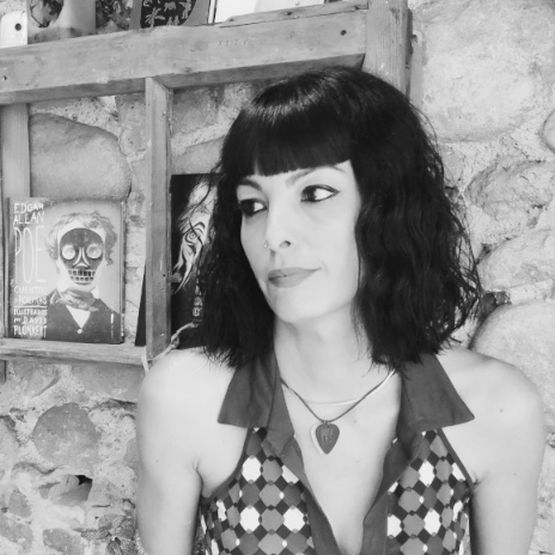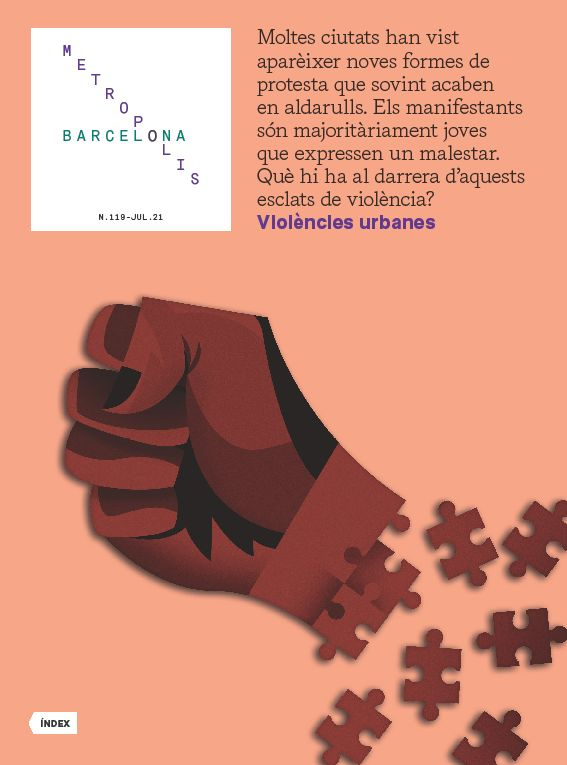The terrestrial substrate of Francesc Serés
- Books
- Culture Folder
- Sep 21
- 4 mins


In La casa de foc [The House of Fire], Francesc Serés immerses us in the landscape of La Garrotxa, an antediluvian and terrestrial setting that plays host to characters who see what us other humans do not see, “the light from within things”. A fresco on memory, on the bellies of the earth and, in parallel, on our weaknesses. Winner of the II Proa Novel Award, La casa de foc [The House of Fire] (Proa), by Francesc Serés (Zaidín, 1972), is the story of a sum of weaknesses.
Winner of the II Proa Novel Award, La casa de foc [The House of Fire] (Proa), by Francesc Serés (Zaidín, 1972), is the story of a sum of weaknesses. Published six years after La pell de la frontera [The Frontier’s Skin] (Quaderns Crema), the novel begins when Mau, a narrator who by no means is all-knowing, a divorcee going through a rough patch, settles in a farmhouse full of scorpions in the community of Sallent de Santa Pau, in the Vall del Ser valley. It is an airtight universe in the province of La Garrotxa with “oceans and continents”, which, in Serés’ work, acts as another main character with its own identity: “The places are fed by the people who arrive and by all the people who tell things”, says the author.
A teacher in a classroom for newcomers in Olot and with autobiographical coincidences filtered by fiction, the protagonist will meet his neighbours, noteworthy among whom is Jordi de Can Sol, a powerful man, a shady character, a dowser who has the gift of finding water underground, and who convinces Mau to be a tutor to Mar, his thirteen-year-old granddaughter. Mar has the abilities and skills of her grandfather, someone who feels the stones rolling beneath the ground and finds children lost in the mountains. Jordi de Can Sol is afraid that the girl will go astray in life. And this prediction will be the beginning to understanding universal problems that affect the human species. From a first-hand experience over seven years, Serés has been able to transform a period in his life – which he did not want to see reduced to a bunch of photographs – in that kind of organic literature that brings something great to others.
The novel, which acts as a confession, “the only way to forgive ourselves”, is built on an extensive flashback in which Serés will reconstruct not only the life of this commanding chief but of all the people around him and, by extension, of an entire era. The leading character will always be an outsider, and it is precisely this alien status that will make him have a distant perspective conducive to analysing and portraying the constellations of the world: “I do not know how many worlds are needed to explain another”.
With a discourse set against a backdrop of economic and social crisis, of real estate speculation, of drug trafficking and of the impact of new emigration, Serés structures La casa de foc in three parts led by a first-person narrator who constantly wonders how what he recounts will be received: “What a disaster, I don’t know how to tell lies and I don’t know whether anyone will believe the best truths I can explain”. But the smart reader is able to bring the fictional pact into play, to hang up their scepticism and accompany the narrator in their constant search for answers to supposedly inexplicable phenomena. Serés immerses us in the landscape of La Garrotxa, where the kilometres and minutes have another dimension. The narrator sleeps on a bed of volcanic basalt, with fossils and the Devil’s Stone very nearby. An antediluvian and terrestrial setting that plays host to characters who see what us other humans do not see, “the light from within things”, as the title of the first part of La casa de foc goes, the picture of human essence and of the secrets that flow through underground aquifers.
With La casa de foc, Serés knows how to rekindle the reader’s joy of reading through a very well written story, which swings to and fro between the features of Costumbrismo [artistic movement that depicts social customs often without analysis or critique] and the psychological thriller. The author describes the contemporaneity, the state of macrocrisis that we have endured for decades, from micro-stories that, intertwined with remarkable narrative dexterity, build a fresco on memory, on the bellies of the earth and, in parallel, on our weaknesses. We are inside a burning house, ablaze with flames, the key element that ultimately sparks the movement of the whole novel. A lived experience that has given meaning to a specific time and that, through fiction, is transformed into an allegory about the need to live.
La casa de foc [The House of Fire].
Francesc Serés
Edicions Proa
592 pages
Barcelona, 2020
The newsletter
Subscribe to our newsletter to keep up to date with Barcelona Metròpolis' new developments




